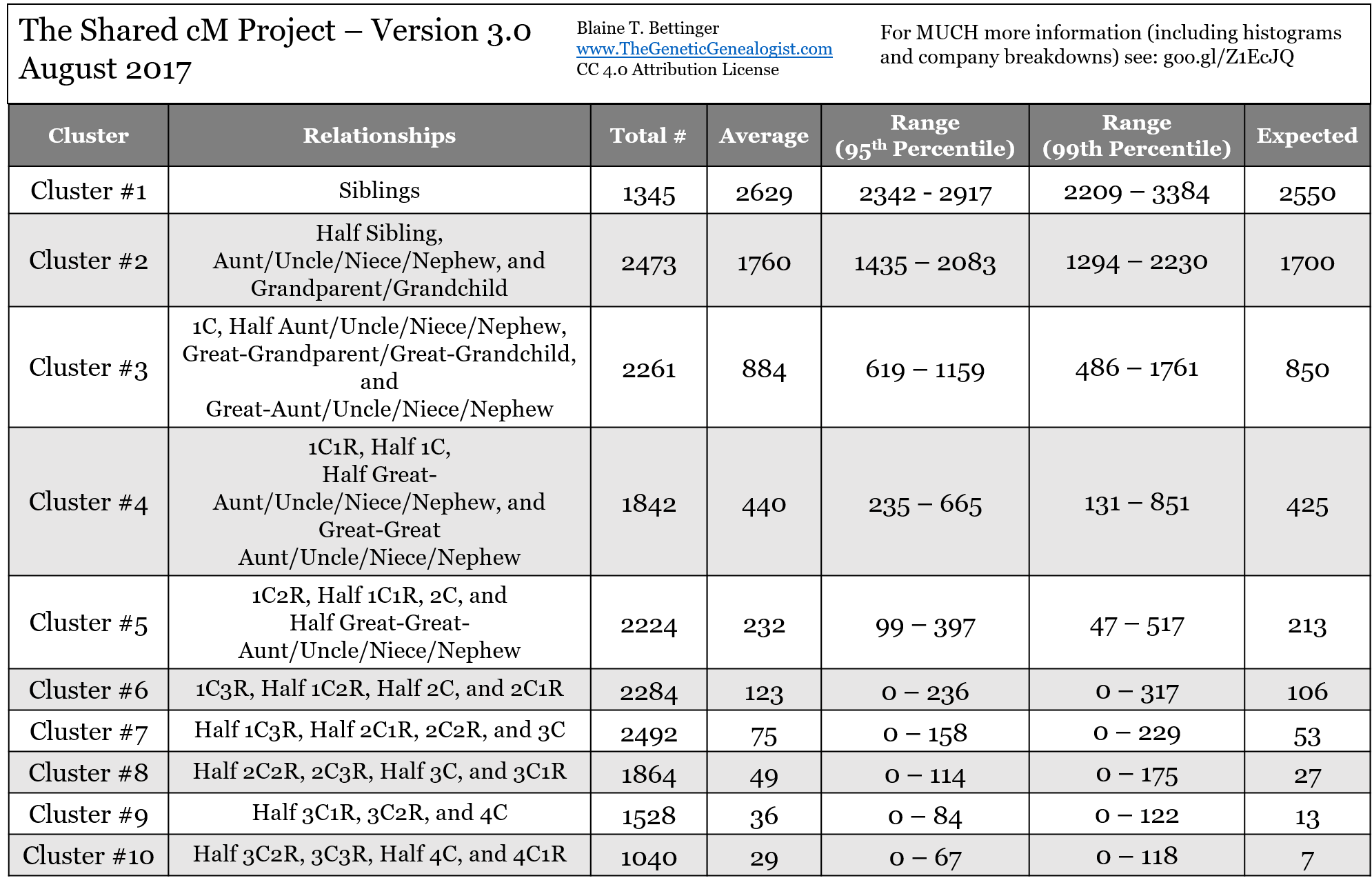At our last Genies meeting we scratched the
surface on DNA Inheritance. When there
is not much time, it is easy to explain it all away by saying “it’s
random!” But there is much more to
it. You have to go back to the
basics. The question we are answering
today is: Why do siblings have different
DNA?
If you find this to be intimidating, just come
to our Genies meeting next Monday the 15th and we’ll go over it all.
Let me describe what happens. Today we are only talking about autosomal
DNA. The autosomal DNA test is the
one provided by Ancestry, Family Tree DNA, 23andme, My Heritage and Living
DNA. Autosomal actually means not a sex
chromosome. There are 22 autosomes and
23rd is the sex chromosome. They
are the genetic material that is found in the nucleus of every cell. Here's a Wikipedia picture of all 23 of the wigglies.
Each chromosome is actually a pair of
chromosomes. Each parent sends one of
their pair for each of their chromosomes.
Since the child receives one of each pair, he receives 50% of each
parent’s chromosomes. There is also a
process of recombination in which some segments are optionally swapped between
the pair in the child’s chromosome.
I clipped this picture from Wikipedia. It shows how for a specific chromosome
children numbered 1 and 4 may not match at all.
In general siblings match about 40% of their
DNA.
Chromosomes are measured in centiMorgans
(cM). For each person, the total of their chromosomes’ lengths is somewhere
between 6700 and 7040 cM. A child
inherits about 3500 from each parent.
Relationships can be determined from the total cM of matching DNA segments.
In each generation the
child only gets half of the DNA of their parents. Each person receives 50% from each parent,
approximately 25% from a grandparent, 12.5% from a great-grandparent, 6.25%
from a second great and so on.
So that is the scientific
theory. A few years ago Blaine Bettinger
and others thought they should find out what the actual amounts of shared DNA between
known relatives are. They started a
study and by 2017 over 25,000 relationships had been submitted and they are
still accepting data.
Results are published on
his website https://thegeneticgenealogist.com/2017/08/26/august-2017-update-to-the-shared-cm-project/. There are several
charts there and I have copied one below.
Some expected amounts in
the far-right column are siblings 2550, 1st cousin 850, 2nd
cousin 213, 3rd cousin 53.
There is a wide range of relationships for a given cM match.

One more fact from this
chart: All known second cousins share
DNA. For more distant cousins you start
to see the size of a shared segment become too small to be significant or disappear
altogether.
For more information and discussion:
Check out the Ferndale Genies blog at https://ferndalegenies.blogspot.com/. In the left column are fixed pages. Half way down you will see the pages entitled
DNA. Many of these are handouts from
previous talks. They will give you basic
info about DNA and ideas of questions to ask.
Also come to the Genies Meeting next Monday
and this will be one of the topics.
See you there!
No comments:
Post a Comment